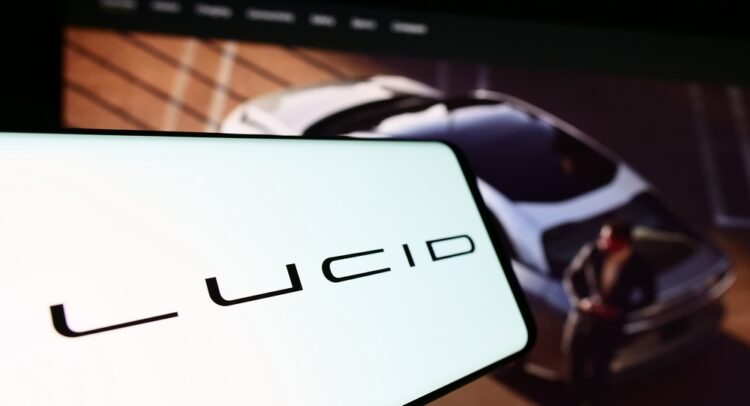Lucid Group (LCID) stock was on an upswing in Monday’s trading even as the EV manufacturer announced disappointing vehicle production figures in the third quarter. The company produced 1,805 vehicles and delivered 2,781 in the third quarter, of which around 8% were subject to operating lease accounting. This was below analysts’ production estimates of 2,267 vehicles. However, the company’s vehicle deliveries were ahead of analysts’ estimates of 2,168.
What Is Operating Lease Accounting?
Operating lease accounting refers to the way businesses report leases that don’t result in ownership of the underlying asset. In Lucid’s case, this applies to the cars that were leased out by the firm and recorded as an operating lease on the balance sheet, where monthly rental payments are treated as expenses rather than debt.
Why Is LCID’s Production Lagging Behind?
A major reason behind LCID’s disappointing vehicle production has been that consumer interest in EVs in the United States has been slowing, largely due to high interest rates and the increasing availability of more affordable hybrid alternatives. In response, EV companies, such as Tesla (TSLA) and Lucid, have been cutting prices and offering incentives, like cheaper financing options, to attract potential buyers.
Furthermore, Lucid is hoping that its upcoming Gravity SUV, which is expected to enter production later this year, will be a hit with EV buyers. However, this new model will face stiff competition from Tesla’s Model X and Rivian’s (RIVN) flagship R1 series.
Furthermore, LCID is expected to announce its Q3 results on November 7.
Is LCID Stock a Good Buy?
Analysts remain sidelined about LCID stock, with a Hold consensus rating based on eight Holds and two Sells. Over the past year, LCID has tanked by more than 30%, and the average LCID price target of $2.94 implies a downside risk of 13.3% from current levels.

















